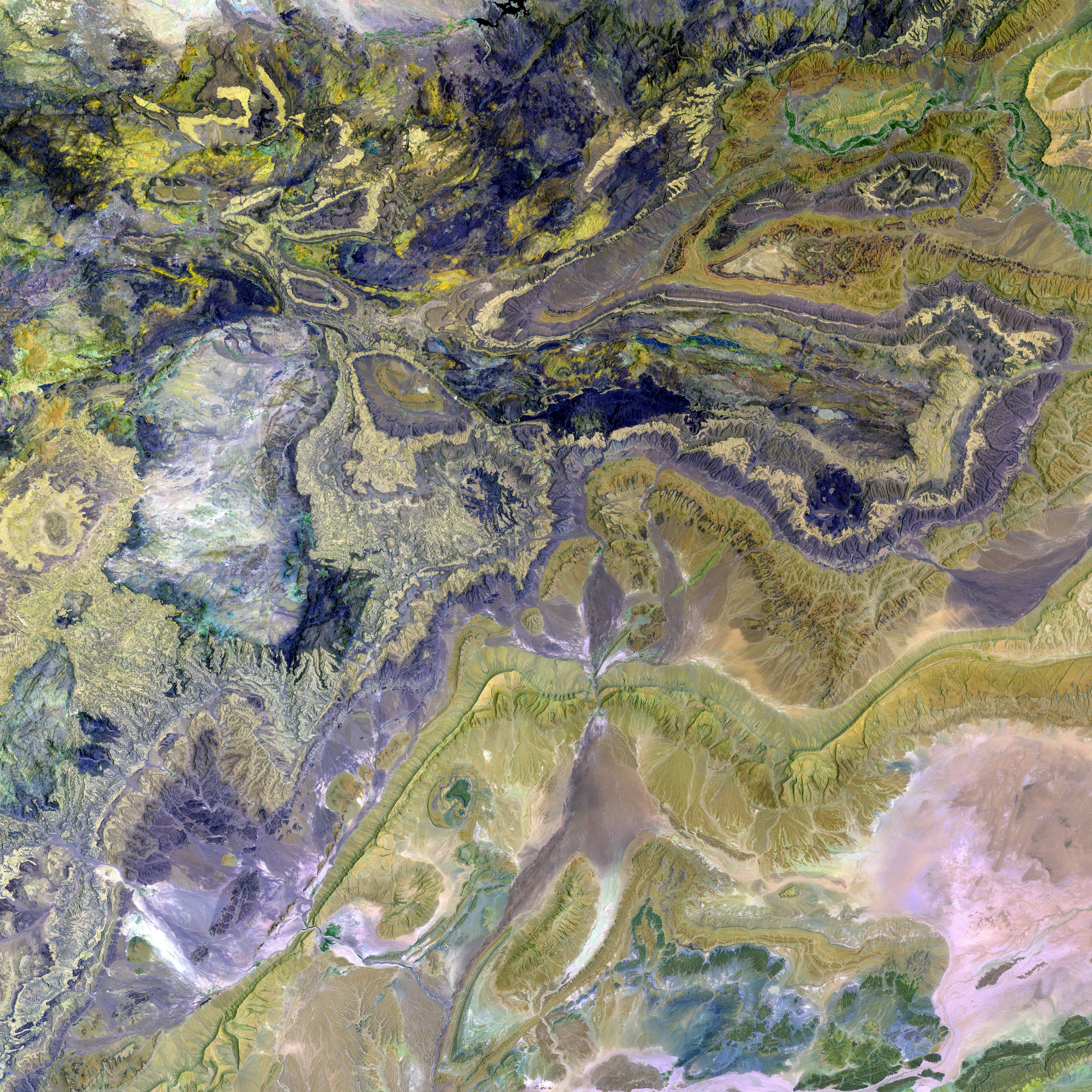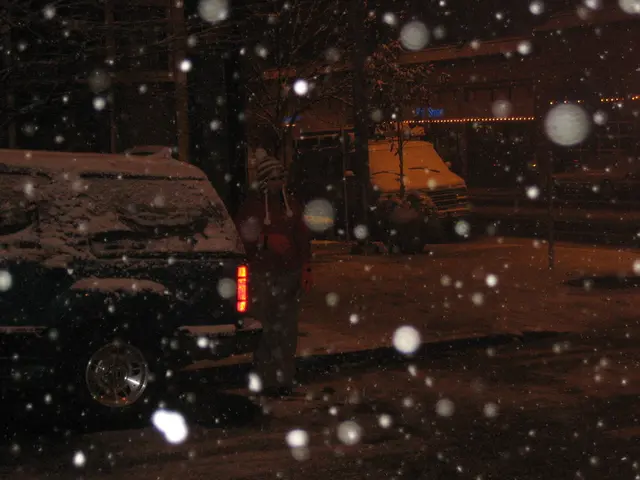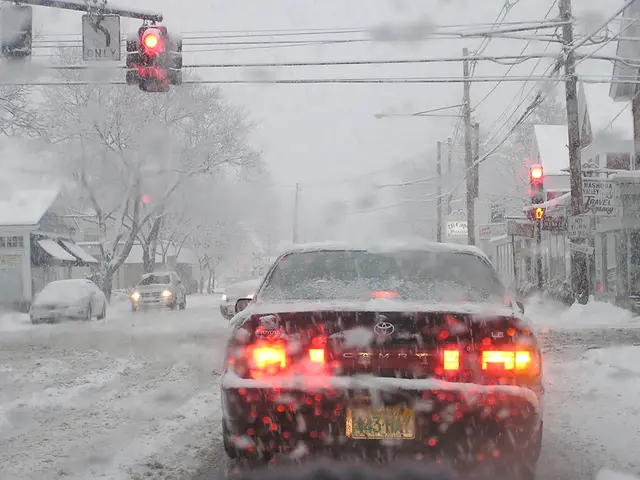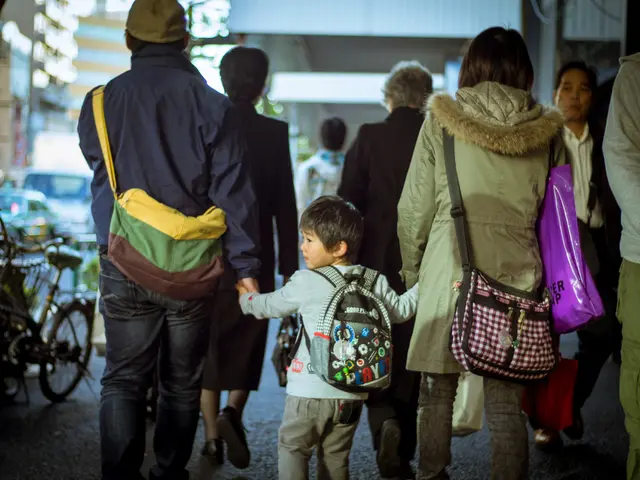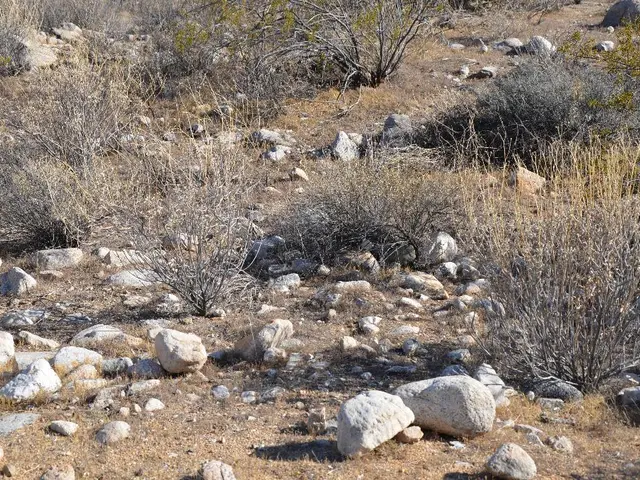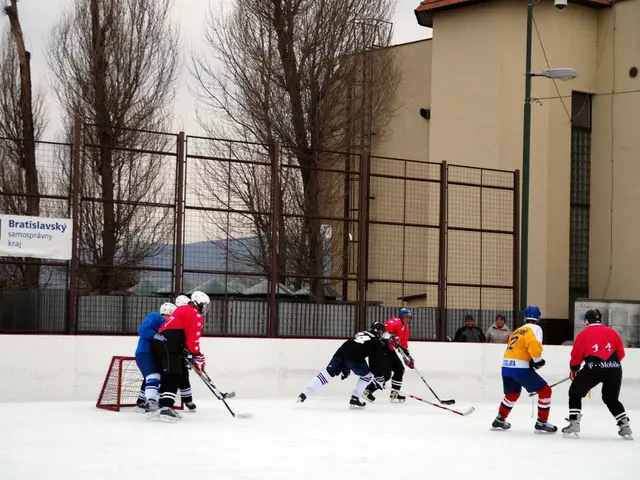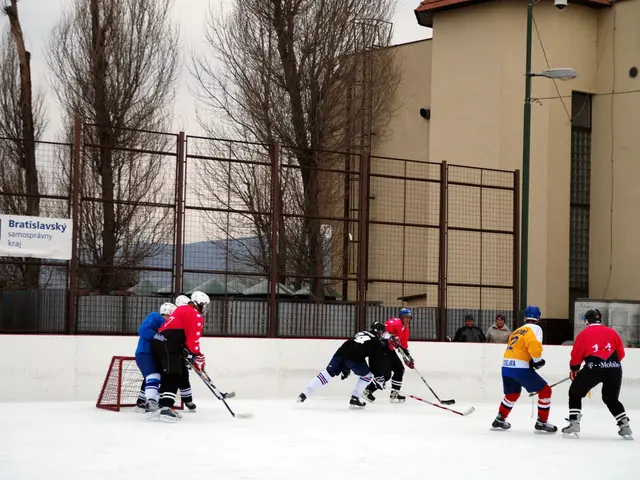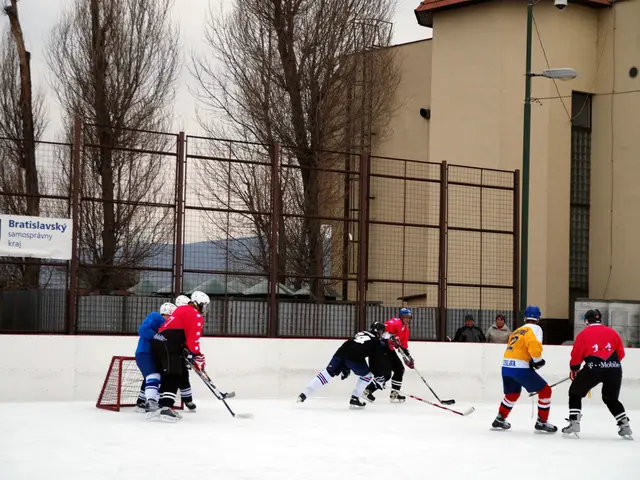Migration History of Los Angeles Illustrated through Jackie Amezquita's Baked Brick Artwork
Last winter, artist Jackie Amézquita set up a series of test bricks in her Los Angeles studio, each made with a blend of soil and corn dough, and adorned with vibrant hues of blue and mauve or deep tones of ochre and black derived from various organic materials. The abundance of biomaterials in LA reflects its history as a hub of migration and colonial legacies, Amézquita noted.
This shift in material usage came after Amezquita's eight-day performance walk from Tijuana to LA, during which she collected soil samples in empty water bottles. The soil samples became an archive, a reminder of her journey, with her pondering, "If Earth could speak, what stories would it tell?"
Inspired by the creation myth in the Popol Vuh, where the gods created humans from corn, Amezquita prepared her bricks by freezing them and baking them in an oven, then exposing them to sunlight for a final touch. Over two years, she perfected the balance of her soil-and-corn bricks, which featured in several works, including her 2023 installation, El suelo que nos alimenta (The soil that nourishes us), for the Hammer Museum's Made in L.A. biennial. The piece consisted of 144 square bricks, each made with soil from a different LA neighborhood, and incised with community-representing drawings.
Amezquita's artwork often reflects on migration, a theme close to her heart given her family's history. Born in Quetzaltengo, Guatemala, she moved to LA in 2003, following her mother, who had immigrated in 1987. Her grandmother, who had moved from Mexico to Guatemala during the Cristero War in the 1920s and lost her documents along the way, served as a beacon of resilience and inspiration for Amezquita, as she confronted the erasure of cultural histories.
Amidst the wildfires that ravaged parts of LA in January, Amezquita saw charcoal and ash as symbols of resurgence. Regeneration became a central theme in her work, a testament to her willingness to create art from the remains of what was destroyed. "We're still standing," she said. "We're still holding on. We can create something out of what was erased or destroyed."
This artist's unique fusion of biomaterials, indigenous mythology, and personal narratives offers a powerful exploration of migration, colonialism, and cultural identity.
- Jackie Amézquita's latest work, El suelo que nos alimenta (The soil that nourishes us), is a 2023 installation featuring 144 square bricks made with soil from various Los Angeles neighborhoods, each incised with community-representing drawings, at the Hammer Museum's Made in L.A. biennial.
- Her artwork often reflects on migration, a theme that resonates deeply with Amézquita, given her family's history and her own migration from Quetzaltengo, Guatemala, to Los Angeles in 2003.
- The vibrant hues and deep tones of her soil-and-corn dough bricks, derived from organic materials, reflect Los Angeles' history as a hub of migration and colonial legacies.
- Amidst the wildfires that ravaged parts of LA in January, Amézquita saw charcoal and ash as symbols of resurgence, and regeneration became a central theme in her work.
- Amezquita's unique fusion of biomaterials, indigenous mythology, and personal narratives showcases a powerful exploration of migration, colonialism, and cultural identity in art, paintings, sculptures, installations, and drawings displayed in galleries and museums.
